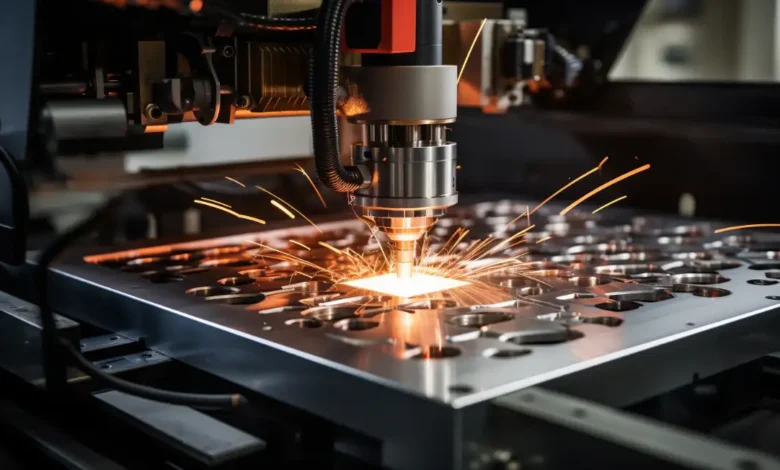Beginner’s Guide to Laser Cutting: Tips and Ideas for Your First Projects

Laser cutting is an exciting and versatile technology that has become increasingly accessible to hobbyists. Whether you’re interested in crafting, design, or engineering, laser cutting opens up a world of creative possibilities. This guide will help you get started with the basics, from understanding the technology of the laser cutter to setting up your workspace and tackling your first projects.
Understanding Laser Cutting Technology
Types of Laser Cutters Laser cutters come in various types, each suited for different tasks. The most common types include:
- CO2 Lasers: Ideal for cutting and engraving non-metal materials like wood, acrylic, and leather.
- Diode Lasers: Typically less powerful, these are good for engraving and cutting thin materials like paper and soft woods.
- Fiber Lasers: Best for cutting metals and other hard materials, although these are generally more advanced and expensive.
How Laser Cutting Works
Laser cutting involves directing a high-powered laser beam of the laser engraver onto a material, where it either melts, burns, or vaporizes the material along a precise path. The laser is controlled by a computer that follows a digital design file, allowing for intricate and repeatable cuts.
Setting Up Your First Laser Cutting Workspace
Choosing the Right Laser Cutter When selecting a laser cutter, consider factors like your budget, available space, and the types of projects you plan to undertake. Entry-level CO2 laser cutters are often a good starting point for beginners due to their versatility and relative affordability.
Essential Tools and Materials To set up a basic laser-cutting workspace, you’ll need:
- A laser cutter
- A computer with design software
- A ventilation system to manage fumes
- Safety equipment (goggles, gloves)
- Beginner-friendly materials such as wood, acrylic, and paper
Safety Considerations Safety is paramount when working with laser cutters. Ensure your workspace is well-ventilated to avoid inhaling harmful fumes. Always wear safety goggles to protect your eyes from the laser beam, and follow all manufacturer guidelines for safe operation.
Beginner Project Ideas
Simple Projects to Get Started As a beginner, start with easy projects to build your confidence. Consider making:
- Keychains: Simple shapes or initials cut from wood or acrylic.
- Coasters: Custom designs engraved on wood or cork.
- Decorative Wall Art: Basic geometric patterns or silhouettes.
Scaling Up: Intermediate Projects Once you’re comfortable with simple projects, you can try more complex tasks like:
- Custom Puzzles: Create a unique jigsaw puzzle using wood or acrylic.
- Model Making: Design and cut pieces to assemble a 3D model of a building or vehicle.
- Personalized Gifts: Engrave names or designs onto items like cutting boards or phone cases.
Tips for Successful Laser Cutting
Material Selection and Preparation Choose the right material for your project, ensuring it is compatible with your laser cutter. Prepare your materials by cleaning them and securing them on the cutting bed to avoid shifting during the process.
Design and Software Tips Familiarize yourself with design software like Adobe Illustrator or Inkscape, which are commonly used to create the vector files needed for laser cutting. Start with simple designs and gradually experiment with more intricate patterns.
Troubleshooting Common Issues Laser cutting can come with challenges such as uneven cuts or burn marks. If you encounter issues, check your machine’s focus, adjust the power and speed settings, or experiment with different materials to achieve the desired results.
Conclusion
Getting started with laser cutting can be incredibly rewarding. By understanding the basics, setting up a safe and functional workspace, and starting with simple projects, you’ll quickly gain the skills and confidence to explore more complex creations. Keep experimenting and learning, and soon you’ll be turning your creative ideas into reality.



